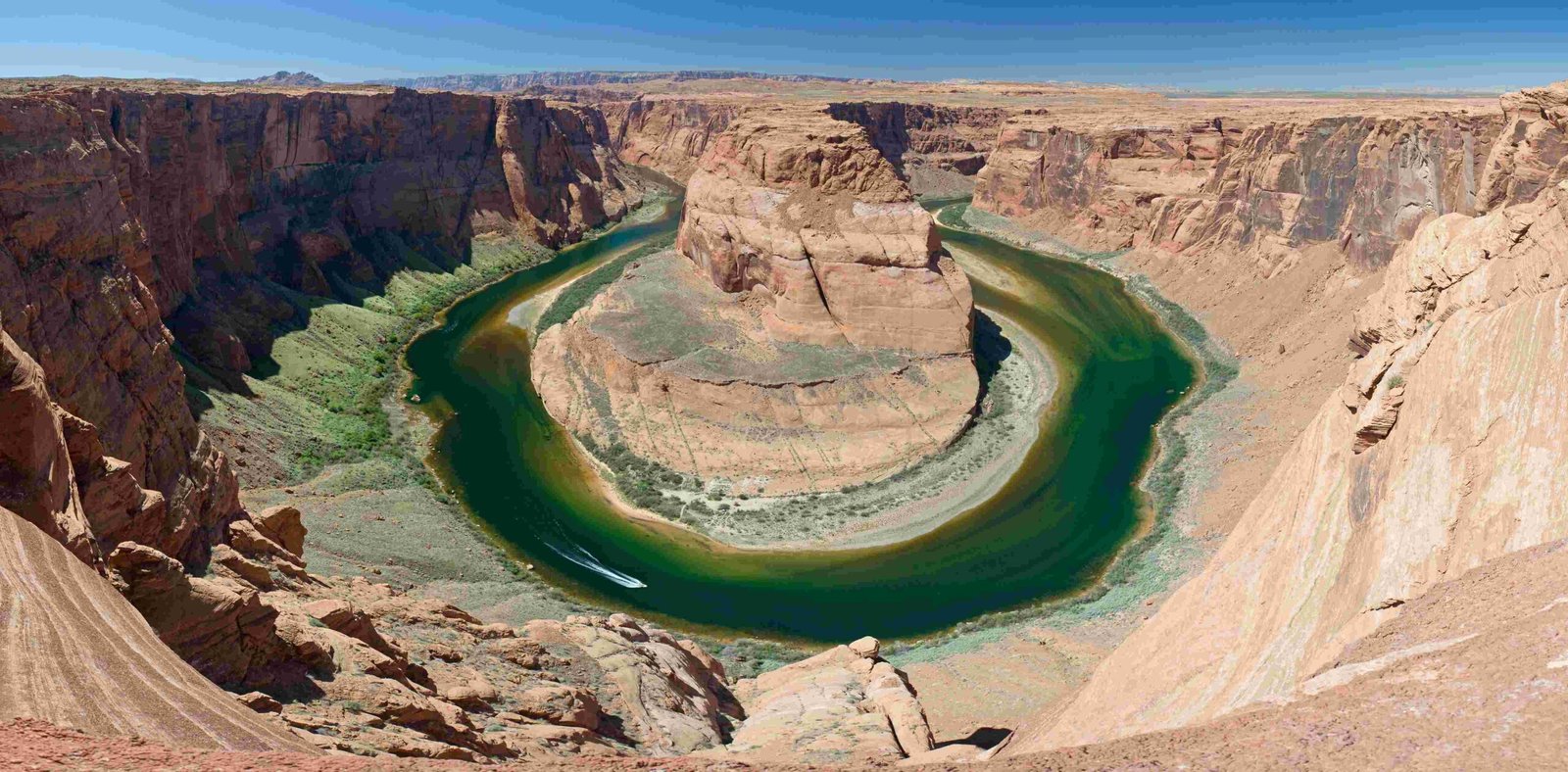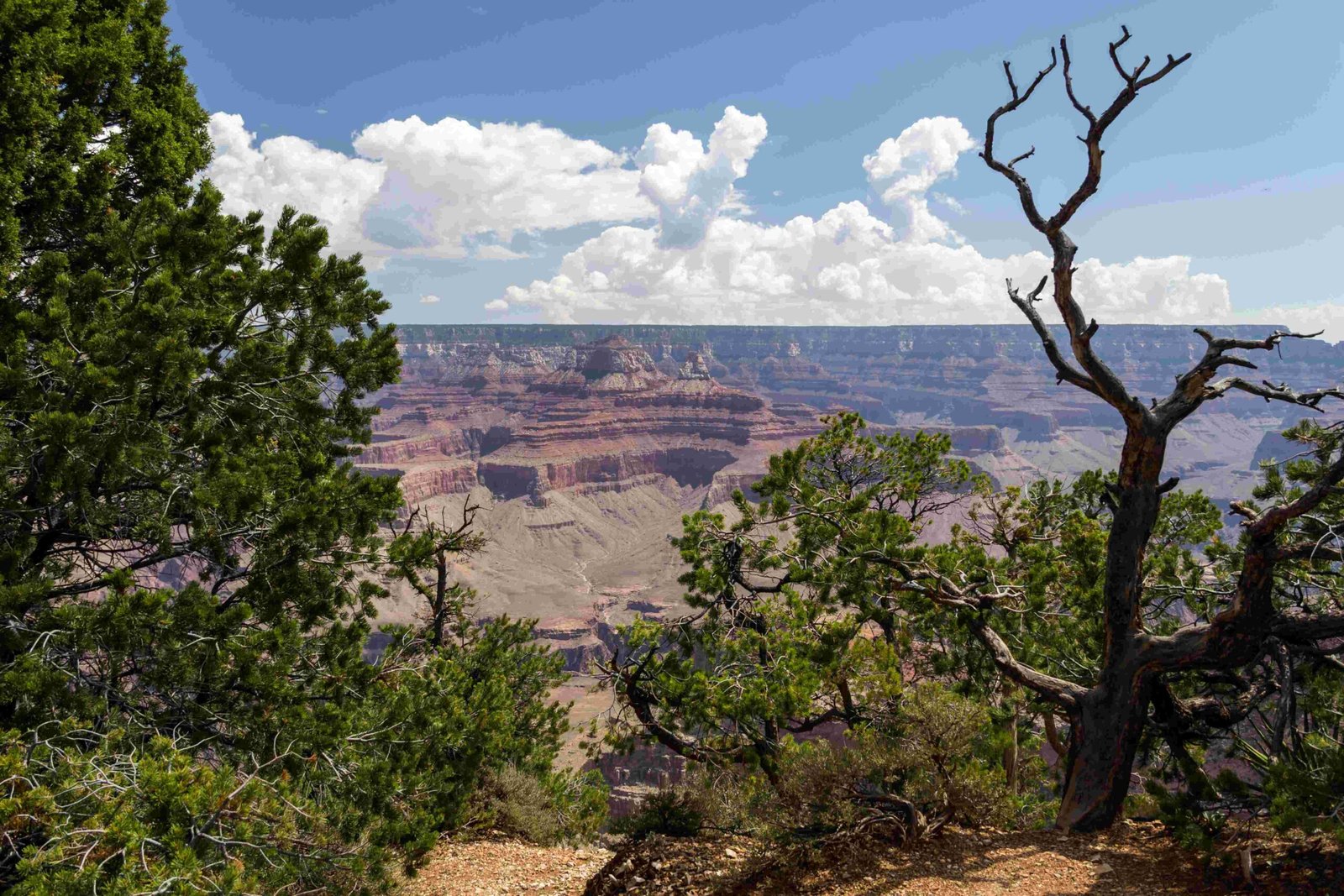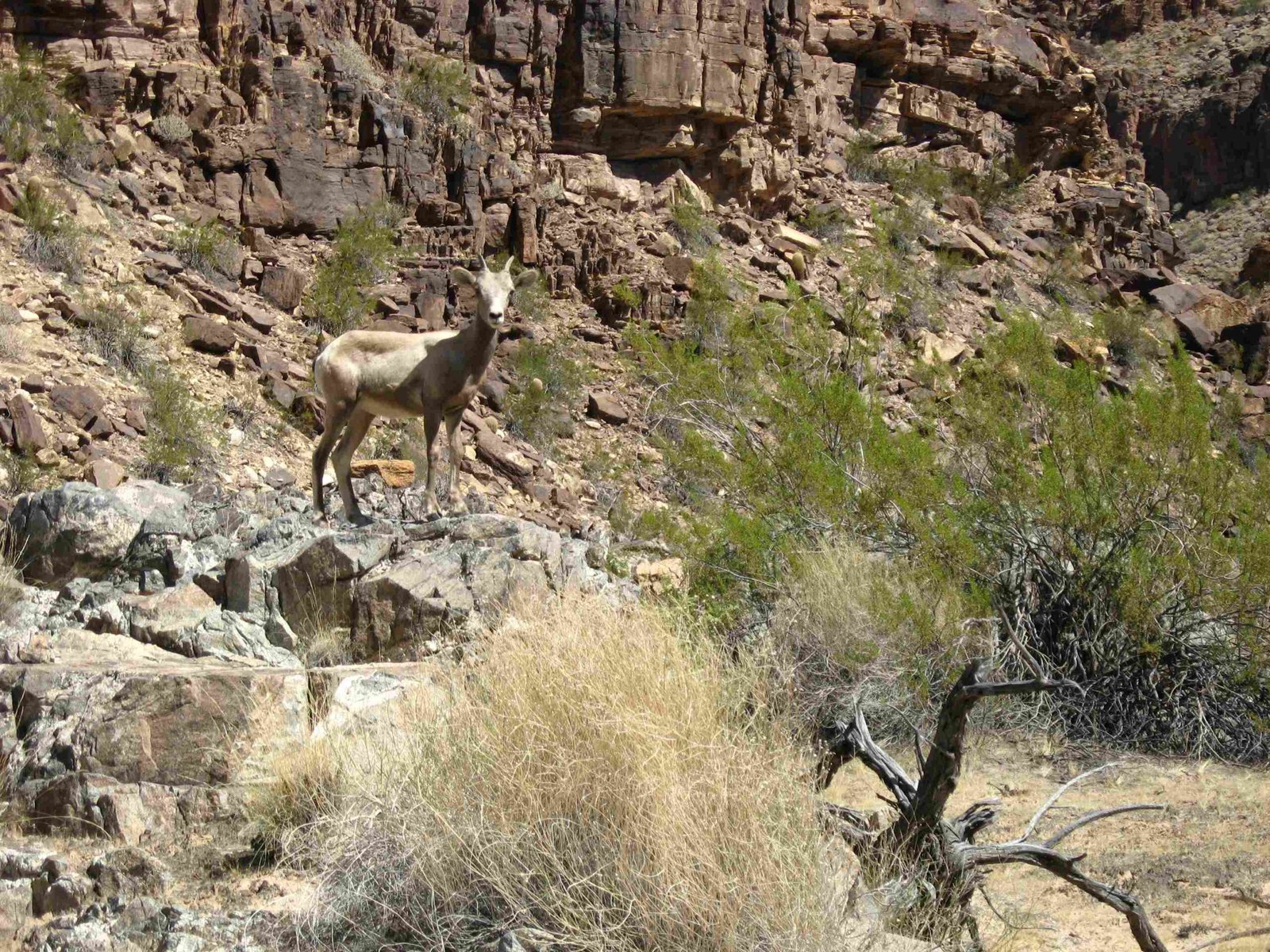Theodore Roosevelt’s commitment to preserving the Grand Canyon represented a pivotal moment in American environmental history. Through powerful speeches, legislative actions, and passionate writings, he transformed how the United States approached natural resource protection, ultimately safeguarding one of the world’s most remarkable geological landscapes from potential commercial exploitation and environmental degradation.
What Motivated Roosevelt’s Grand Canyon Protection?

Roosevelt’s motivation stemmed from a profound appreciation for natural landscapes and a visionary understanding of conservation. His personal experiences and philosophical beliefs about wilderness preservation drove him to take unprecedented actions.
Key Motivational Factors
- Deep respect for natural landscapes
- Understanding of geological significance
- Concern about unchecked industrial development
- Personal passion for wilderness exploration
How Did Roosevelt Use His Presidential Powers?

Roosevelt strategically utilized the Antiquities Act of 1906 as a powerful tool for environmental protection. This legislative mechanism allowed him to designate national monuments without congressional approval, providing an immediate mechanism for conservation.
Presidential Actions
- Issued Presidential Proclamation 794 on January 11, 1908
- Established Grand Canyon National Monument
- Protected approximately 808,120 acres
- Prevented immediate commercial development
What Were Roosevelt’s Most Significant Writings?
| Year | Document | Key Contribution |
|---|---|---|
| 1903 | Grand Canyon Speech | Advocated for preserving natural state |
| 1906 | Antiquities Act | Created legal framework for monument protection |
| 1908 | Presidential Proclamation | Officially protected Grand Canyon |
Memorable Quote
“Leave it as it is. You cannot improve on it; not a bit. The ages have been at work on it, and man can only mar it.”
What Long-Term Impact Did Roosevelt’s Actions Have?
Roosevelt’s conservation efforts extended far beyond the Grand Canyon:
– Protected over 170 million acres of land
– Established 51 wildlife refuges
– Created 18 national monuments
– Influenced future environmental policies
Why Was the Grand Canyon Specifically Important?
The Grand Canyon represented more than a geological wonder—it symbolized America’s unique natural heritage. Roosevelt recognized its:
– Unparalleled geological complexity
– Spiritual and aesthetic significance
– Potential for scientific research
– Cultural importance to Indigenous communities
How Did Roosevelt’s Writings Influence Future Conservation?
His passionate, eloquent writings transformed public perception about environmental preservation. By framing conservation as a moral imperative, Roosevelt:
– Shifted national dialogue
– Inspired future environmentalists
– Created legal precedents
– Established conservation as a core national value
What Challenges Did Roosevelt Face?
Roosevelt confronted significant opposition from:
– Industrial interests
– Resource extraction companies
– Political opponents skeptical of conservation
– Economic pressures for development
Overcoming Resistance
His strategic use of presidential powers and compelling rhetoric helped overcome these challenges, ultimately establishing a new paradigm for environmental protection.
Conclusion
Theodore Roosevelt’s writings and actions regarding the Grand Canyon represent a watershed moment in American environmental history. His vision transcended immediate political considerations, creating a lasting legacy of conservation that continues to inspire generations.
References:
– Theodore Roosevelt National Historic Site
– National Park Service – Grand Canyon
– Theodore Roosevelt Presidential Library

